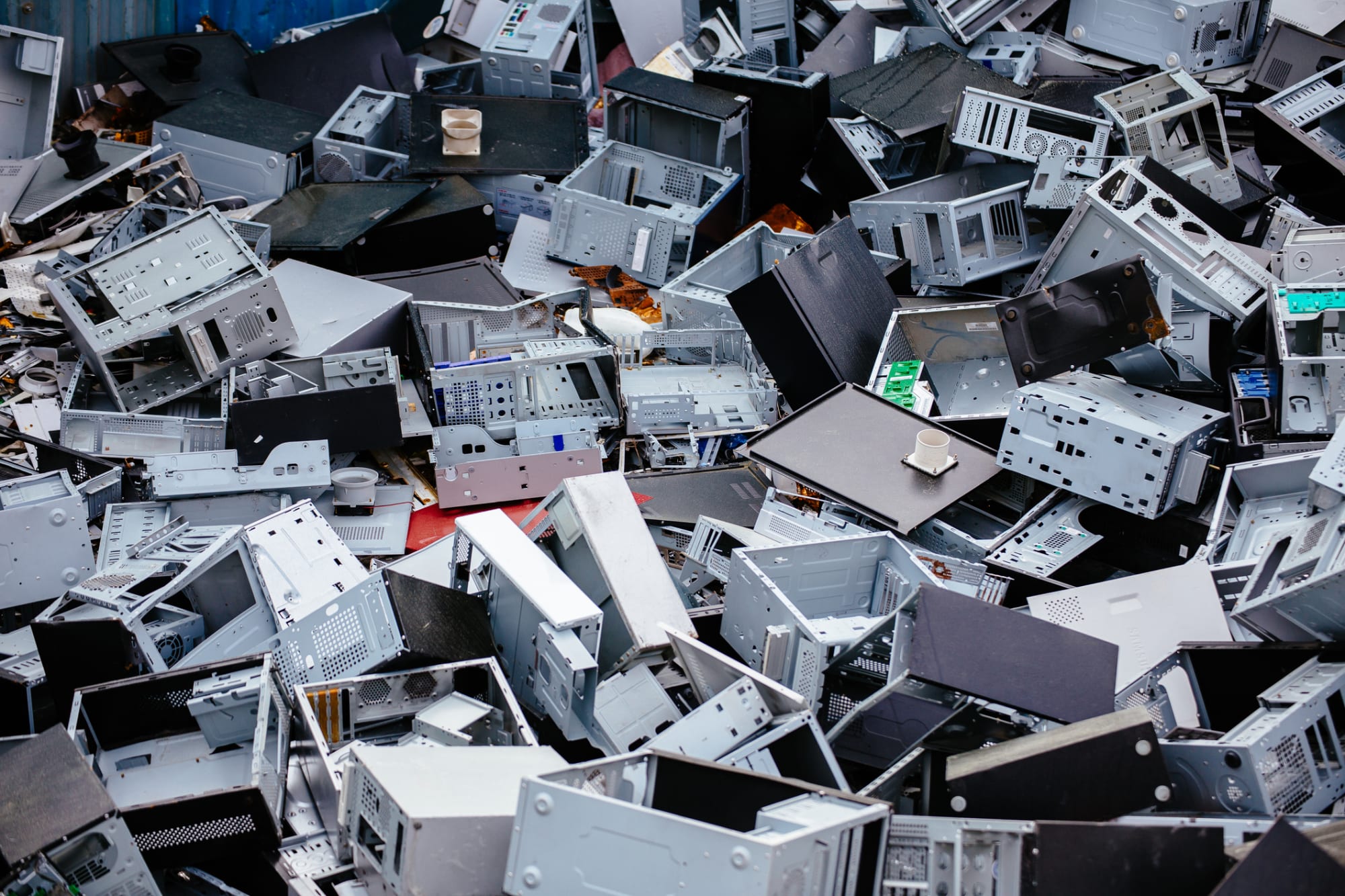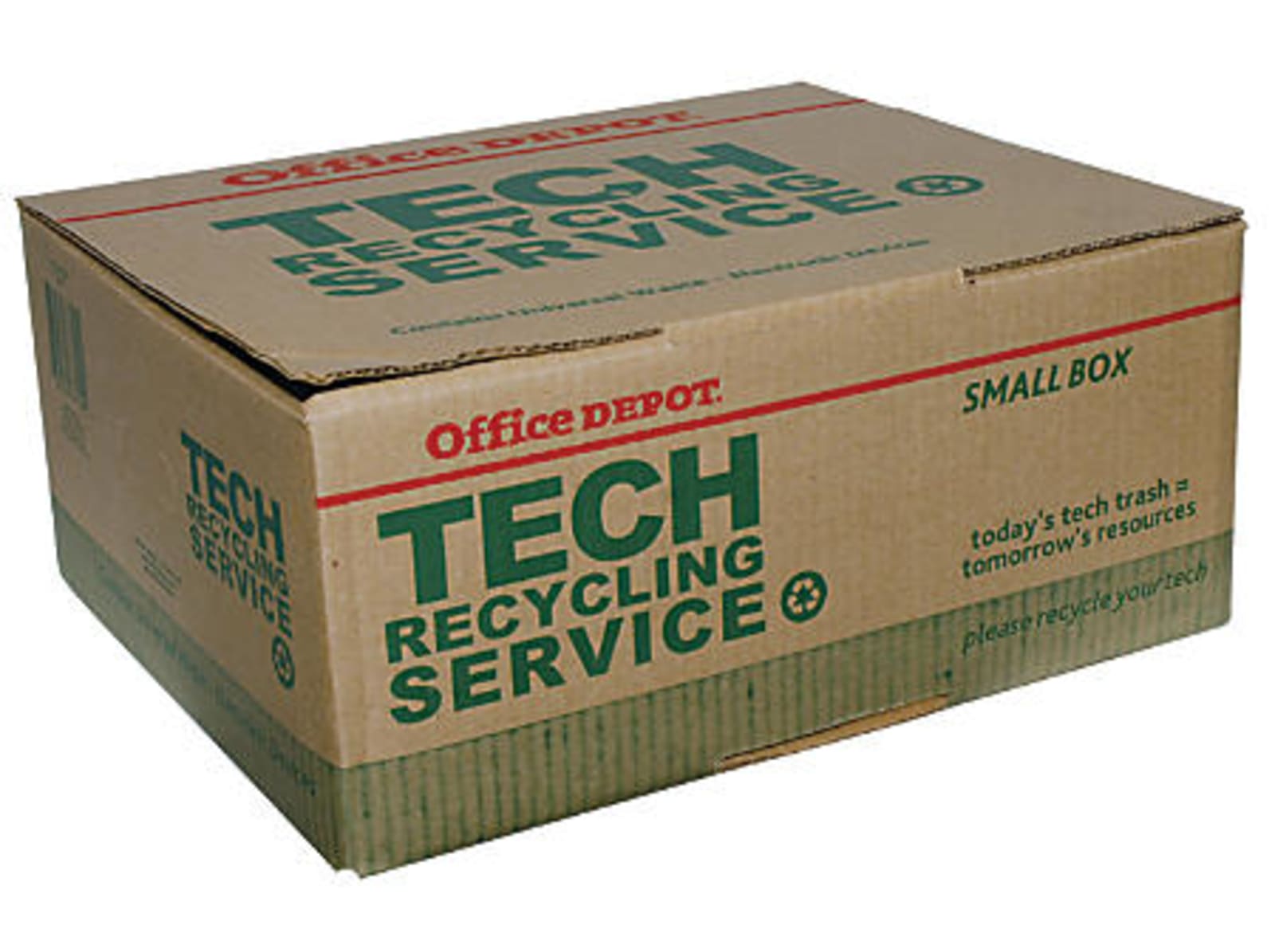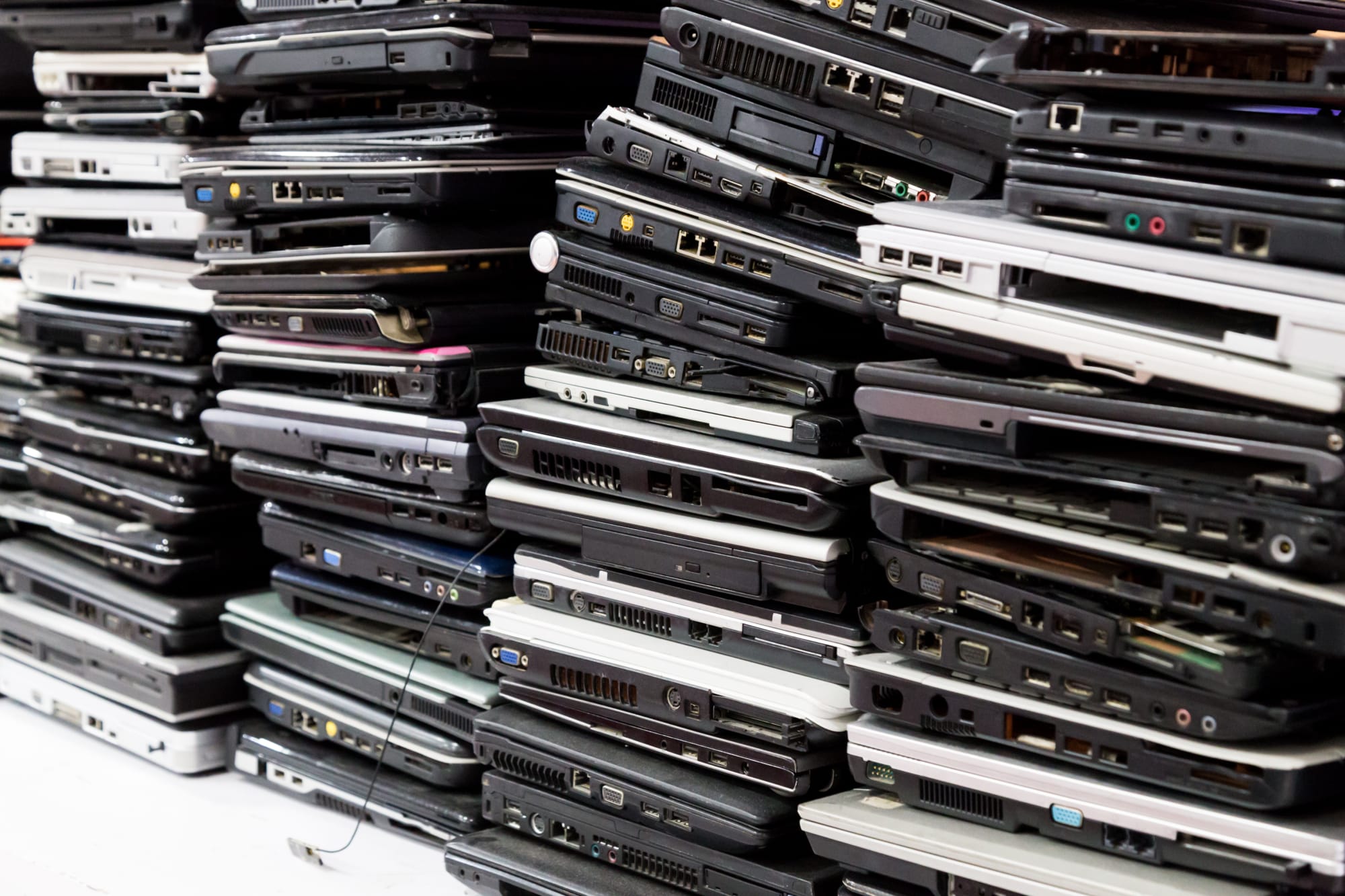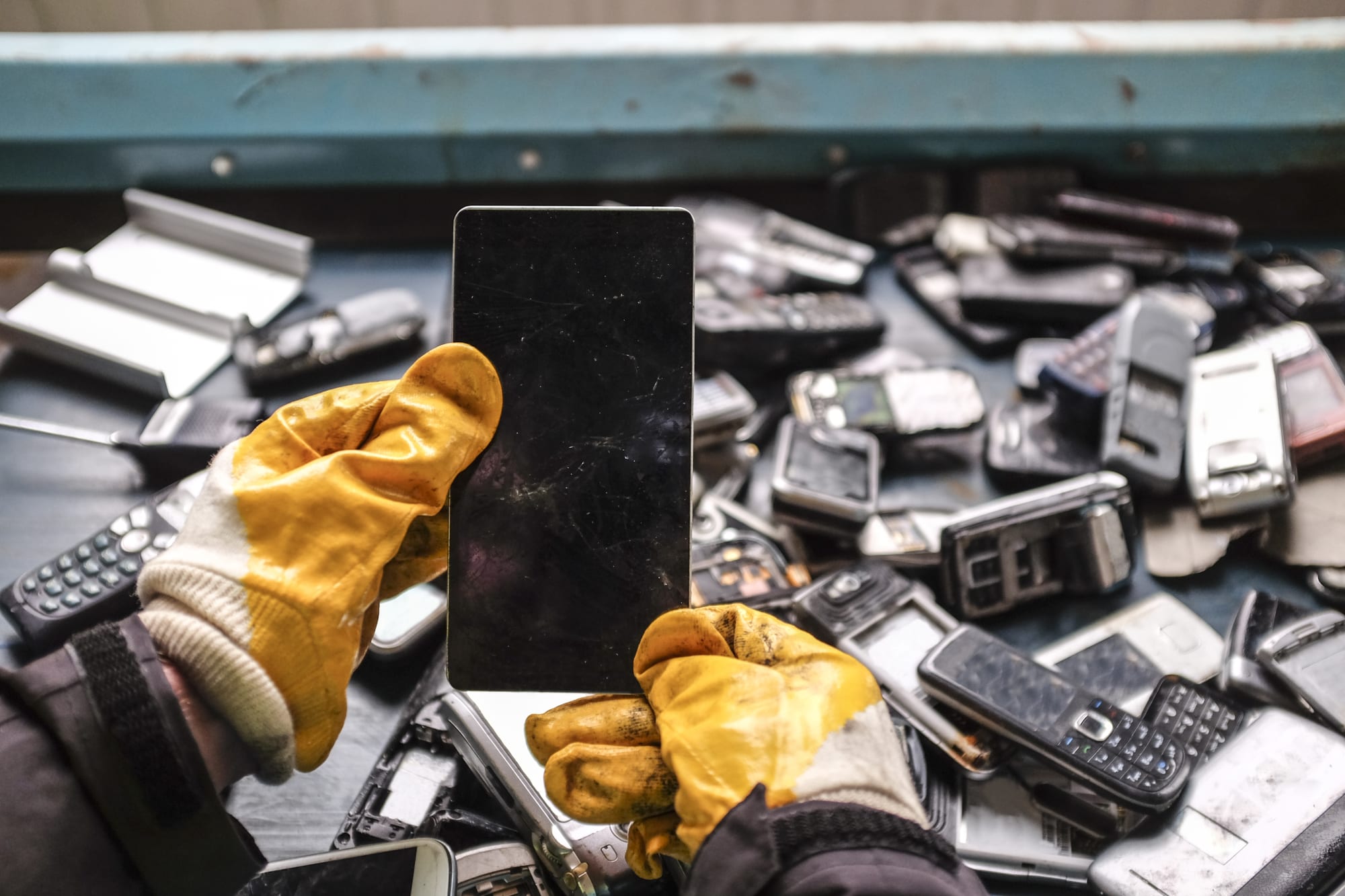Hitting the Books: How winning the lottery is a lot like being re-struck by lightning
A wise man once said, "never tell me the odds" but whether you're calculating the chances of successfully navigating an asteroid field (3,720:1), shouting "Shazam" and having it work twice in a row (9 million:1), or winning the state lottery (42 million:1 in California), probabilities influence outcomes in our daily lives for events large and small alike. But for the widespread role they play in our lives, your average person is usually just pretty ok with accurately calculating them. As we see in the excerpt below from James C. Zimring's latest title, Partial Truths: How Fractions Distort Our Thinking, our expectations regarding the likelihood of an event occurring can shift, depending on how the question is posed and which fraction is focused upon.
Excerpted from Partial Truths: How Fractions Distort Our Thinking by James C. Zimring, published by Columbia Business School Publishing. Copyright (c) 2022 James C. Zimring. Used by arrangement with the Publisher. All rights reserved.
Mistaking the Likely for the Seemingly Impossible: Misjudging the Numerator
The more unlikely an event seems, the more it draws our attention when it does occur and the more compelled we feel to explain why it happened. This just makes good sense. If the world is not behaving according to the rules we understand, perhaps we misunderstand the rules. Our attention should be drawn to unlikely occurrences because new knowledge comes from our attempts to understand contradictions.
Sometimes what seems to be impossible is actually highly probable. A famous example of this is found with playing the lottery (i.e., the lottery fallacy). It is well understood that it is incredibly unlikely that any particular person will win the lottery. For example, the chance of any one ticket winning the Powerball lottery (the particular lottery analyzed in this chapter) is 1/292,000,000. This explains why so much attention is paid to the winners. Where did they buy their ticket? Did they see a fortune teller before buying their ticket, or do they have a history of showing psychic abilities? Do they have any special rituals they carry out before buying a ticket? It is a natural tendency to try to explain how such an unlikely event could have occurred. If we can identify a reason, then perhaps understanding it will help us win the lottery, too.
The lottery fallacy is not restricted to good things happening. Explanations also are sought to explain bad things. Some people are struck by lightning more than once, which seems just too unlikely to accept as random chance. There must be some explanation. Inevitably, it is speculated that the person may have some weird mutant trait that makes them attract electricity, or they carry certain metals on their person or have titanium prosthetics in their body. Perhaps they have been cursed by a mystical force or God has forsaken them.
The lottery fallacy can be understood as a form of mistaking one probability for another, or to continue with our theme from part 1, to mistake one fraction for another. One can express the odds of winning the lottery as the fraction (1/292,000,000), in which the numerator is the single number combination that wins and the denominator is all possible number combinations. The fallacy arises because we tend to notice only the one person with the one ticket who won the lottery. This is not the only person playing the lottery, however, and it is not the only ticket. How many tickets are purchased for any given drawing? The exact number changes, because more tickets are sold when the jackpot is higher; however, a typical drawing includes about 300 million tickets sold. Of course, some of the tickets sold must be duplicates, given that only 292 million combinations are possible. Moreover, if every possible combination were being purchased, then someone would win every drawing. In reality, about 50 percent of the drawings have a winner; thus, we can infer that, on average, 146 million different number combinations are purchased.
Of course, the news does not give us a list of all the people who did not win. Can you imagine the same headline every week, “299,999,999 People Failed to Win the Lottery, Again!” (names listed online at www.thisweekslosers.com). No, the news only tells us that there was a winner, and sometimes who the winner was. When we ask ourselves, “What are the odds of that person winning?” we are asking the wrong question and referring to the wrong fraction. The odds of that particular person winning are 1/292,000,000. By chance alone, that person should win the lottery once every 2,807,692 years that they consistently play (assuming two drawings per week). What we should be asking is “What are the odds of any person winning?”
In probability, the chances of either one thing or another thing happening are the sum of the individual probabilities. So, assuming no duplicate tickets, if only a single person were playing the lottery, then the odds of having a winner are 1/292,000,000. If two people are playing, the odds of having a winner are 2/292,000,000. If 1,000 people are playing, then the odds are 1,000/292,000,000. Once we consider that 146 million different number combinations are purchased, the top of the fraction (numerator) becomes incredibly large, and the odds that someone will win are quite high. When we marvel at the fact that someone has won the lottery, we mistake the real fraction (146,000,000/292,000,000) for the fraction (1/292,000,000) — that is, we are misjudging the numerator. What seems like an incredibly improbable event is actually quite likely. The human tendency to make this mistake is related to the availability heuristic, as described in chapter 2. Only the winner is “available” to our minds, and not all the many people who did not win.
Similarly, the odds of twice being struck by lightning over the course of one’s life are one in nine million. Because 7.9 billion people live on Earth, it is probable that 833 people will be hit by lightning twice in their lives (at least). As with the lottery example, our attention is drawn only to those who are struck by lightning. We fail to consider how many people never get struck. Just as it is unlikely that any one particular person will win the Powerball lottery, it is highly unlikely that no one will win the lottery after a few drawings, just given the number of people playing. Likewise, it is very unlikely that any one person will be twice hit by lightning, but it is even more unlikely that no one will, given the number of people in the world.
So, when we puzzle over such amazing things as someone winning the lottery or being twice struck by lightning, we actually are trying to explain why a highly probable thing happened, which really requires no explanation at all. The rules of the world are working exactly as we understand them, but we are mistaking the highly likely for the virtually impossible.






